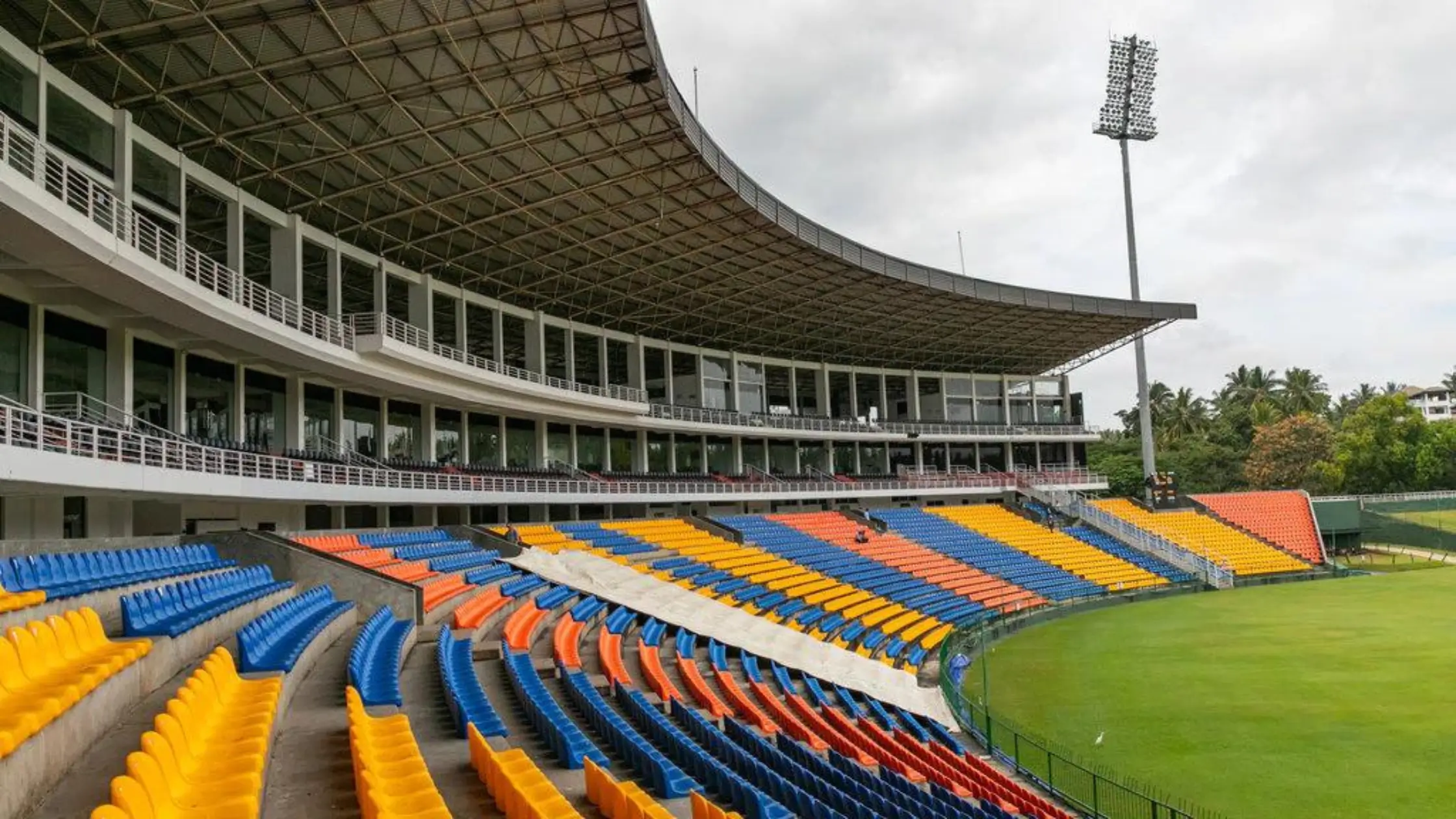An Overview of Pallekele International Cricket Stadium
Pallekele International Cricket Stadium, located in the picturesque city of Kandy in Sri Lanka’s Central Province, is one of the world’s most beautiful cricket stadiums. Built in 2009, this stadium serves as an alternative venue to Colombo’s R.Premadasa Stadium and is a regular host of Sri Lankan national cricket team matches in all three formats.
With a seating capacity of 35,000 spectators, state-of-the-art facilities, and a scenic mountainous backdrop, Pallekele International Cricket Stadium is considered one of the most modern and attractive cricket venues in the subcontinent. This article gives a detailed overview of this magnificent stadium, including its history, architecture, pitch conditions, notable matches, and significance in Sri Lankan cricket.
History and Construction
The Pallekele International Cricket Stadium was built in 2009 to serve as Sri Lanka’s secondary international cricket venue, alongside the R.Premadasa Stadium in Colombo. With Sri Lanka regularly hosting international tours, series, and global tournaments such as the World Cup, an alternate world-class venue was urgently required.
Pallekele Cricket Stadium construction began in November 2007 and was completed in August 2009 for a cost of LKR 700 million. Built on 46 acres of land, the stadium was designed by Sri Lanka’s SWA Group and Australia’s Populous Group with the picturesque mountainous landscape in mind. Anuja Abaysekara, a local architect, oversaw the design and execution of this iconic cricket venue.
Pallekele Stadium was inaugurated in December 2009 with an exhibition match between a World XI and a Sri Lankan XI. Kumar Sangakkara captained the Sri Lankan team, and Shane Warne led the World XI, which included Brian Lara, Muttiah Muralitharan, and Sanath Jayasuriya.
Architectural Highlights
Some prominent architectural features of the Pallekele International Cricket Stadium are:
Distinctive 35m high roof canopy: Built in an oval shape and held up by 28 columns in clusters. Gives the stadium a distinct appearance.
The media centre is a cutting-edge facility that can accommodate 300 journalists. Has designated comment boxes.
Floodlight towers: An energy-efficient floodlight system allows the stadium to host day-night cricket matches and tournaments.
Player facilities include separate dressing rooms for both teams, as well as a gym, massage, and recreational facilities.
Corporate boxes and hospitality: 16 corporate boxes, four event suites, and elegant catering facilities can accommodate VIP guests in style.
Spectator comforts: Spacious seating with a clear field view. The design allows for efficient crowd movement and entry/exit.
Pitch and Playing Conditions
The Pallekele pitch is regarded as one of the best cricket pitches in the subcontinent. With an even bounce and good carry, it assists batsmen, pacers, and spinners, making it a well-balanced playing surface.
The outfield is lush green, denying the ball an uneven bounce as it approaches the boundary ropes. The playing arena is 137m x 130m and is surrounded by thick green grass banks, meeting official regulations.
Pallekele Stadium is located at an elevation that provides a pleasant climate all year. The weather is not as hot and humid as Colombo, allowing matches to proceed without interruption. Early morning moisture in the air aids swing bowlers in moving the ball around.
These playing conditions suit the Sri Lankan players’ strengths and weaknesses well, making Pallekele a venue where they enjoy excellent home advantage over touring sides.
Notable Matches
Despite being less than 15 years old, Pallekele International Cricket Stadium has already hosted many memorable cricketing feats and encounters, particularly involving the Sri Lanka national team.
Some of the most iconic cricket matches played here include:
- Sri Lanka defeated Pakistan by 43 runs in the first one-day international at this venue in 2011. Kumar Sangakkara scored a memorable 119.
- Sri Lanka defeated Pakistan by 209 runs in the inaugural Test match at Pallekele Stadium in 2012. Rangana Herath took 12 wickets during the match.
- Sangakkara’s last Test innings: Kumar Sangakarra played his final Test match at this venue in 2015, scoring a masterful 203 runs against India. Sri Lanka won the game by 278 runs.
- Kusal Mendis’ 176: The young right-hander lit up Pallekele with a magnificent knock of 176 against Australia in 2016, rescuing Sri Lanka from a desperate situation.
- Herath’s Bowling Heroics: Rangana Herath’s deft left-arm spin frequently confused opposition batsmen at this venue. He has taken over 50 Test wickets in just eight matches.
- Importance of Sri Lankan Cricket
Aside from being Sri Lanka’s second international cricket stadium after Colombo, Pallekele is significant in Sri Lankan cricket culture for the following reasons.
Scenic Beauty: The Pallekele Stadium is surrounded by breathtaking mountain landscapes that give it a postcard-perfect appearance that is unparalleled in world cricket. It shows the world the island nation’s scenic wonders.
Pitch Favorability: The Pallekele pitch plays to Sri Lanka’s strengths in batting, spin, and slow bowling. As a result, the Lankan team always has a clear home advantage when they play here.
Strategic Location: The Pallekele Stadium, located equidistant from Colombo, Kandy, and Galle, is an ideal neutral. Test match and ODI venue for the Cricket Board’s touring logistics.
Player Comfort: Pleasant weather all year ensures peak performance for players. A lush outfield helps to prevent injuries. World-class facilities facilitate both physical and mental preparation.
Spectator Interest: The proximity to Kandy City allows for large weekend crowds. More fans in Sri Lanka will benefit from the additional accommodation options available in comparison to Colombo.
Conclusion
Pallekele International Cricket Stadium, which opened only 15 years ago. Has quickly established itself as Sri Lanka’s premier alternate cricket venue after Colombo. The picturesque surroundings provide breathtaking views, while the world-class pitch and facilities contribute to the Sri Lankan team’s cricketing success.
This stadium, which has already hosted many iconic matches and moments in Lankan cricket history. Will continue to play an important role as Sri Lanka emerges as a global cricketing powerhouse in the twenty-first century.







